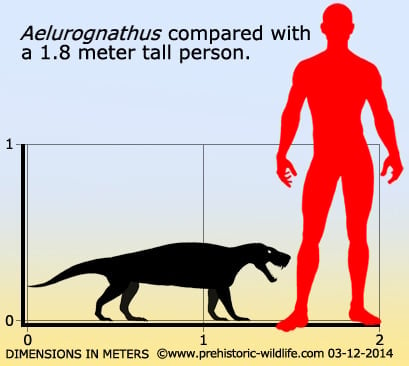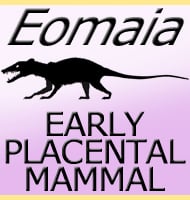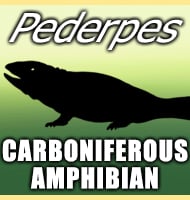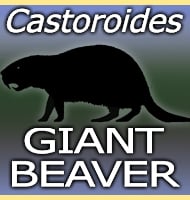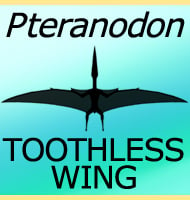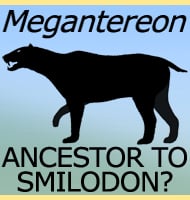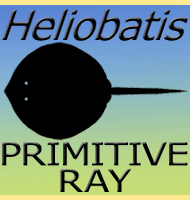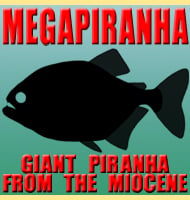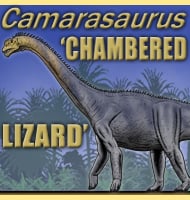In Depth
A South African gorgonopsian predator, Aelurognathus is noted for having small incisor teeth, something that might means that it scraped flesh from bones rather than crunch on the bones directly. Additionally remains of a dicynodont thought to have been fed upon by an Aelurognathus show that it was pulled apart from the rear. This would have been a less bony area than the front, so again this may suggest that Aelurognathus scraped flesh from carcasses rather than crush them.
Further Reading
– Some new Karroo reptiles from the Graaff-Reinet district. – Annals of the Transvaal Museum 20:71-87. – R. Broom – 1940. - Evidence of a therapsid scavenger in the Late Permian Karoo Basin, South Africa, N. Fordyce, R. Smith & A Chinsamy - 2012.
